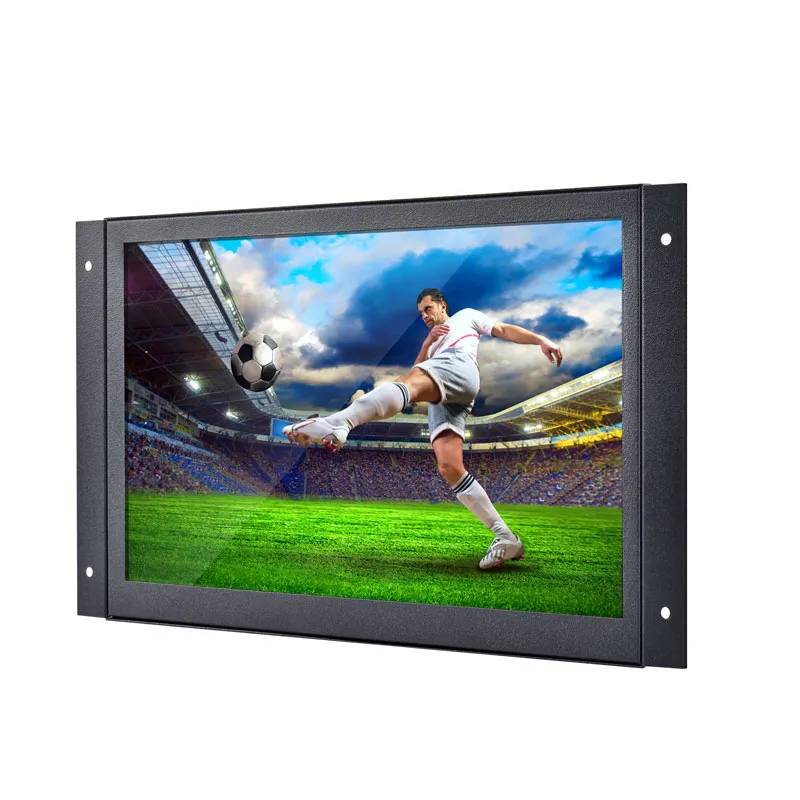Applications and Benefits of Open Frame HD Monitor
2024-07-28
An open frame HD monitor is a type of display that is designed for integration into custom enclosures or installations. Unlike standard monitors with plastic or metal housings, open frame monitors expose the internal components, making them ideal for kiosks, point-of-sale systems, industrial machines, and other applications where the display needs to be integrated into a larger system.
Key Features
1. High Definition (HD) Display: Provides clear and crisp image quality, typically with resolutions of 720p, 1080p, or higher.
2. Open Frame Design: Exposed internal components allow for easy mounting and integration into custom setups.
3. Versatile Mounting Options: Often come with VESA mount compatibility and additional mounting brackets to facilitate different installation methods.
4. Durability: Built to withstand industrial and commercial environments, often with robust construction.
5. Connectivity: Multiple input options such as HDMI, VGA, DVI, and DisplayPort to connect to various devices and systems.
6. Touchscreen Capability (Optional): Some models offer capacitive or resistive touchscreens for interactive applications.
7. Customizable: Can be tailored to specific requirements with optional features like touchscreens, protective glass, and different bezel options.
Applications
1. Kiosks: Used in information kiosks, ticketing machines, and self-service stations.
2. Point-of-Sale Systems: Integrated into checkout systems and retail environments.
3. Industrial Equipment: Installed in machinery and control panels for monitoring and control purposes.
4. Gaming Machines: Used in casino games, arcade machines, and other gaming devices.
5. Digital Signage: Deployed in custom signage solutions for advertising and information display.
6. Medical Devices: Incorporated into medical equipment for patient monitoring and diagnostic systems.
Benefits
1. Customization: The open frame design allows for easy customization to fit specific enclosure requirements.
2. Space Efficiency: Can be integrated into compact spaces where traditional monitors may not fit.
3. Enhanced Functionality: Optional touchscreens and other features add functionality to the display.
4. Cost-Effective: Often more affordable for large-scale or custom installations compared to enclosed monitors.
5. Professional Appearance: Offers a sleek, professional look when integrated into a custom-designed system.
Choosing the Right Open Frame HD Monitor
1. Resolution and Size: Determine the appropriate screen size and resolution based on your application needs.
2. Touchscreen Options: Decide if you need a touchscreen and what type (capacitive or resistive) is best for your use case.
3. Connectivity: Ensure the monitor has the necessary input options to connect to your devices.
4. Durability: Consider the environment in which the monitor will be used and choose a model that can withstand those conditions.
5. Mounting Compatibility: Check for VESA mount compatibility and other mounting options to ensure easy installation.
6. Brand and Support: Choose a reputable brand that offers good customer support and warranty.



